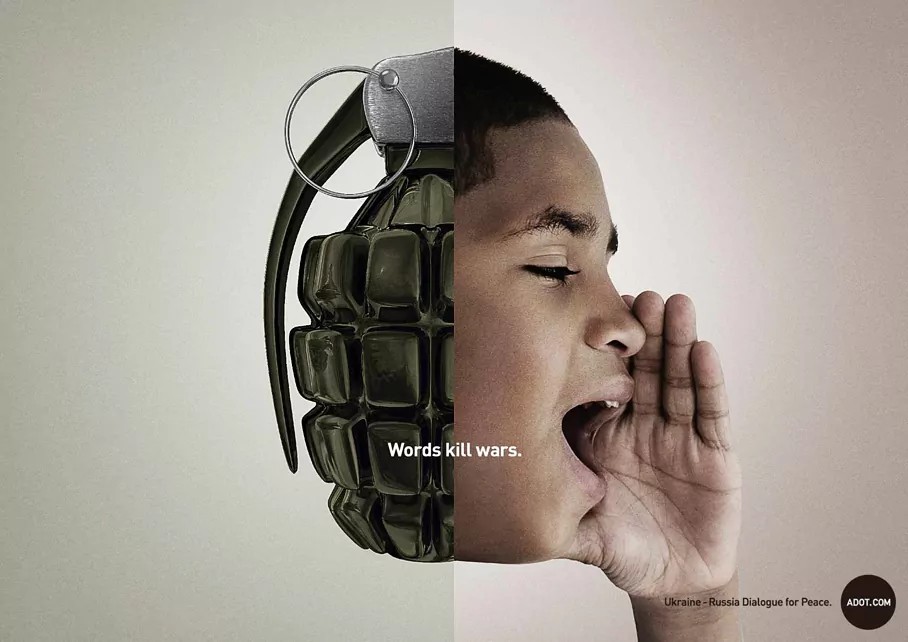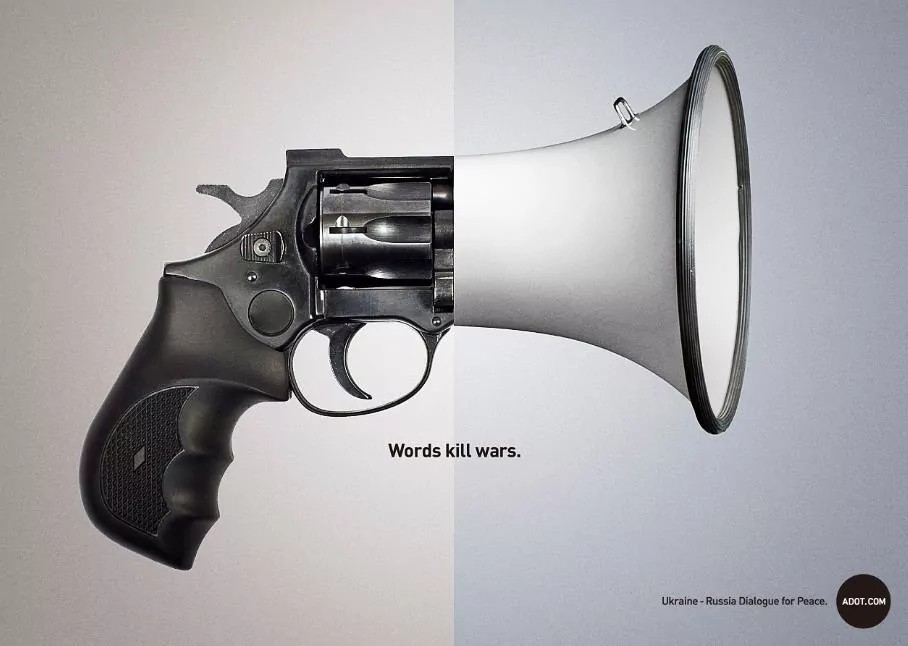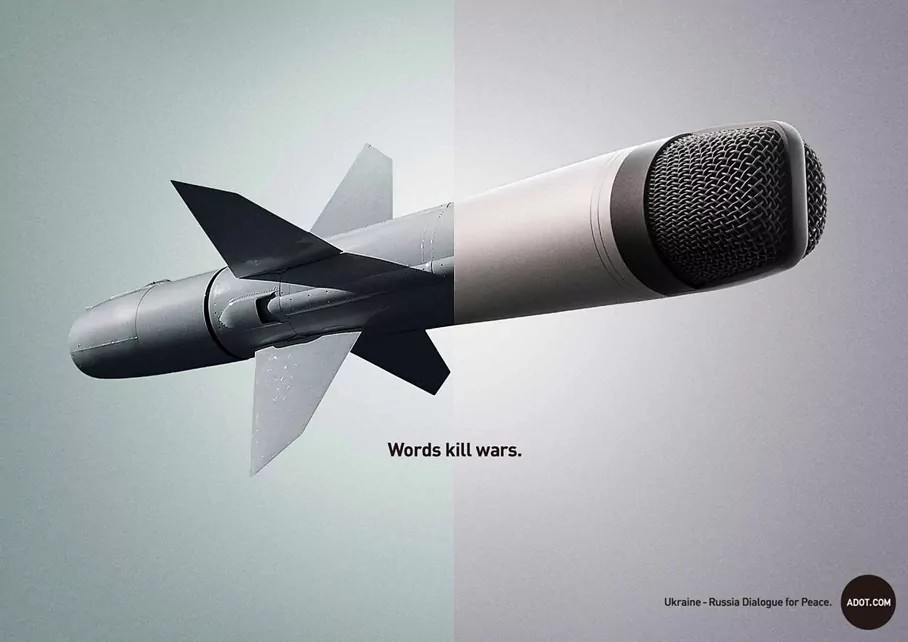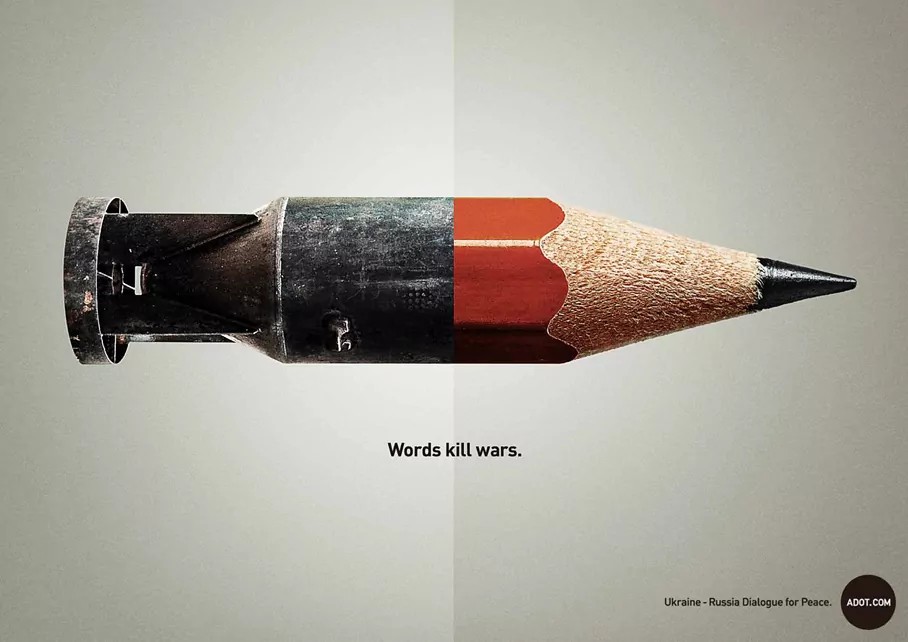
Part 2 of this series: .
A famous dialog in the film Contact (1997; based on the book by Carl Sagan) went, “First rule in government spending: why build one when you can have two at twice the price?”.
How does that apply to advertising? “Why tell only one story when you can tell two stories at the same time?” 🙂
I’m referring to the technique of split-screen, in advertising. With split-screen as a chosen creative device, there are quite a few creative decisions that need to be taken:
- In a TV/video ad, would both sides be moving, or would one move while the other remains dormant (and vice versa)?
- What is the overall/larger story being told when audiences see the ad?
- Is there a need for one side to move into the other, thereby offering a perspective?
- Should specific elements that touch the middle line sync, or can they be without sync?
- Should it be a horizontal split or vertical split?
- Should there be an element that appears in a 3rd dimension in front of the 2 screens?
… and so on.
The technique is quite popular in print/outdoor (non-video) advertising.
One of my favorites is by Publicis in 2014, for the Mexican Transplant Association that encourages organ donation. The idea is incredibly charming – ‘Live twice’, and the split-screen device is so perfect for this theme. In this campaign, the 2 parts of the screen are split horizontally as the ad’s orientation is vertical. Both parts are completely unrelated, and intended to convey that the life in one part is extended because of an organ donated by that person, to the other person in the other part! There is only a rudimentary sync in terms of the parts of the body connecting both parts.




Or, consider this 2012 campaign by Anytime Fitness, by the agency Gabriel deGrood Bendt. Instead of showcasing 2 different people, this one shows the same person in 2 different settings using the split-screen thereby positioning it as the fitness service for busy people. Here, the body parts sync is more pronounced.




This is a very common use of split-screen – to offer 2 dramatically different scenarios that are connected at the middle, and that contrast draws us in.
The 2015 Evian campaign by the BETC Paris was different from the above 2 – it aimed to convey the brand’s ‘Live Young’ theme through the split-screen technique (in outdoor advertising where the brand was able to buy 2 properties side-by-side!). Here, both parts are showcasing the same backdrop, but the person in the center changes, from left (adult), to right (child) to produce a dramatic effect 🙂 And because the agency managed perfect sync in terms of the body parts that are split in the middle, it evokes adequate mirth!







In this 2013 campaign by The Halo Group for St George’s University, there is extra work involved—beyond mere body parts sync—in terms of smoothening the skin tone of the person in the lead even as they straddle 2 different worlds – the campus and the workplace, as depicted by the change in costume between both parts!




The 2 parts’ sync need not be based on humans/human bodies either – they can be materials too. Like this 2014 campaign for ADOT Foundation, by Ogilvy Japan, on a theme that is so very topical today – Ukraine and Russia!
For the theme ‘Words kill wars’ (implying ‘talk it out’), the agency uses the split-screen technique to literally bring 2 devices together joined at the middle – a violent weapon and something that depicts talking.




The irony is, the talks didn’t kill the war, in 2022 🙁
And then, consider if you really need to starkly demarcate the 2 parts of the split-screen at all! Why not keep the backdrop uniform, but split the object in the focus into 2 – this is not split-screen in the purest sense, but in intent, it is the same!
Like this 2015 Cathay Pacific ad campaign by the agency MRM McCann West. The demarcation is through a flight marker, and it splits only the object placed in the center even as the overall ad has a singular tone and look!





Another split-screen ad that is split based on intent, and not literally split – this one even uses the object that it is trying to highlight as the one causing the problem as the splitting device between the 2 people. The clever idea here is that the object is super-sized (as against its original size) to make it seem like a wedge between 2 people, using the intention behind split-screen ads. This is by Ogilvy Beijing, for The Shenyang Center for Psychological research.



The idea of objects being split in the middle can also be used in a way that the backgrounds too convey a story. Like this 2019 campaign for the Thai NGO Trash Hero, by the agency Leo Burnett, Thailand. The demarcation between the parts is intended to be that of time too, and not just the place that you see. So both parts belong to completely different time periods – that’s the intended message.



And, why not use the split-screen technique to move one object from one side to another? Even in a print ad, that is! Here’s the campaign for Iceland Post, or Pósturinn, by the agency Hvíta Husid (meaning ‘White House’)!
It’s a simple idea – place the Iceland Post box in the middle between 2 different places (and sets of people – sender and receiver) and repeat the object being placed by the sender in the part meant for the receiver too!


And finally, a smashingly good print campaign for Fox Movies in the UAE by Leo Burnett. The premise was that Fox Movies has a break-free slot and that commercial-free slot was to be made popular.
The agency uses the split-screen technique in a really interesting manner – in essence, the 2 parts are on 2 different pages with a page in between both! But they ask the reader to tear the fake promotional page that is in between (in essence Fox Movies had to buy media space for 4 pages – the actual campaign was a left and right page, but the fake promo pages in between—right and left, back-to-back—is the extra). When they do, they see the scene from a well-known film that was earlier split between the pages… to imply ‘a break’ between them that has now been removed (no break)! Clever!




Part 2 of this post, on the split-screen technique being used on the considerably more difficult TV/video advertising… .
